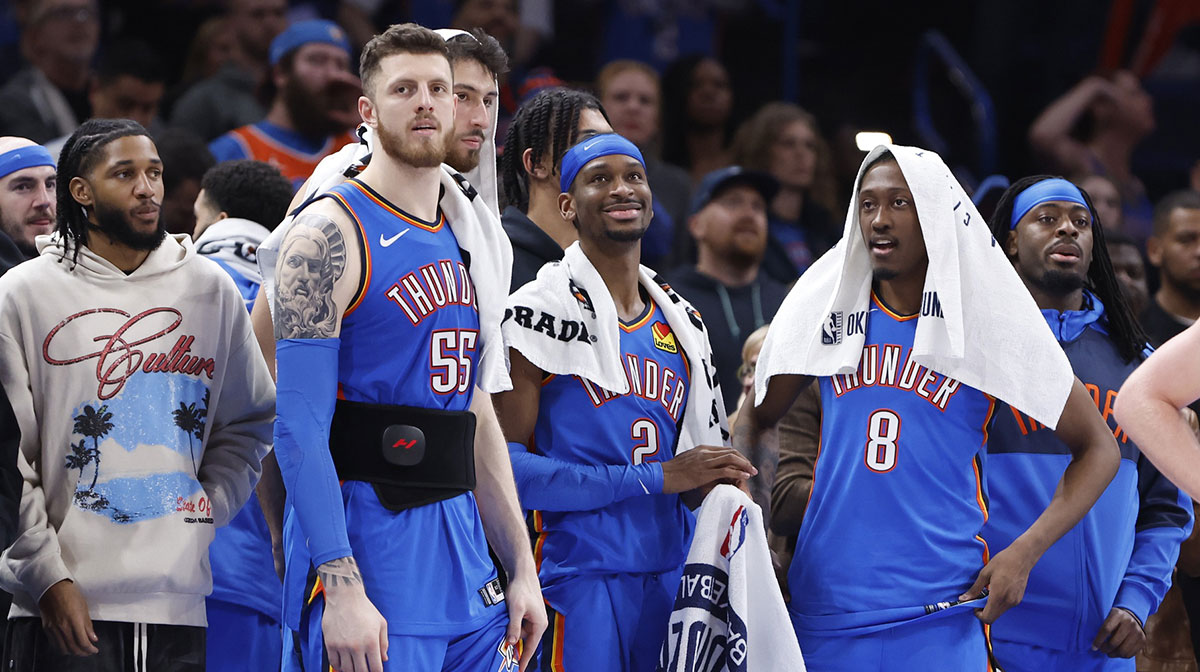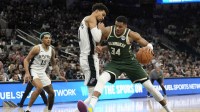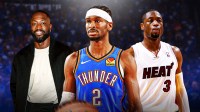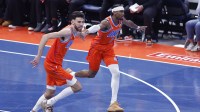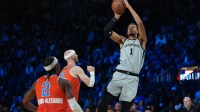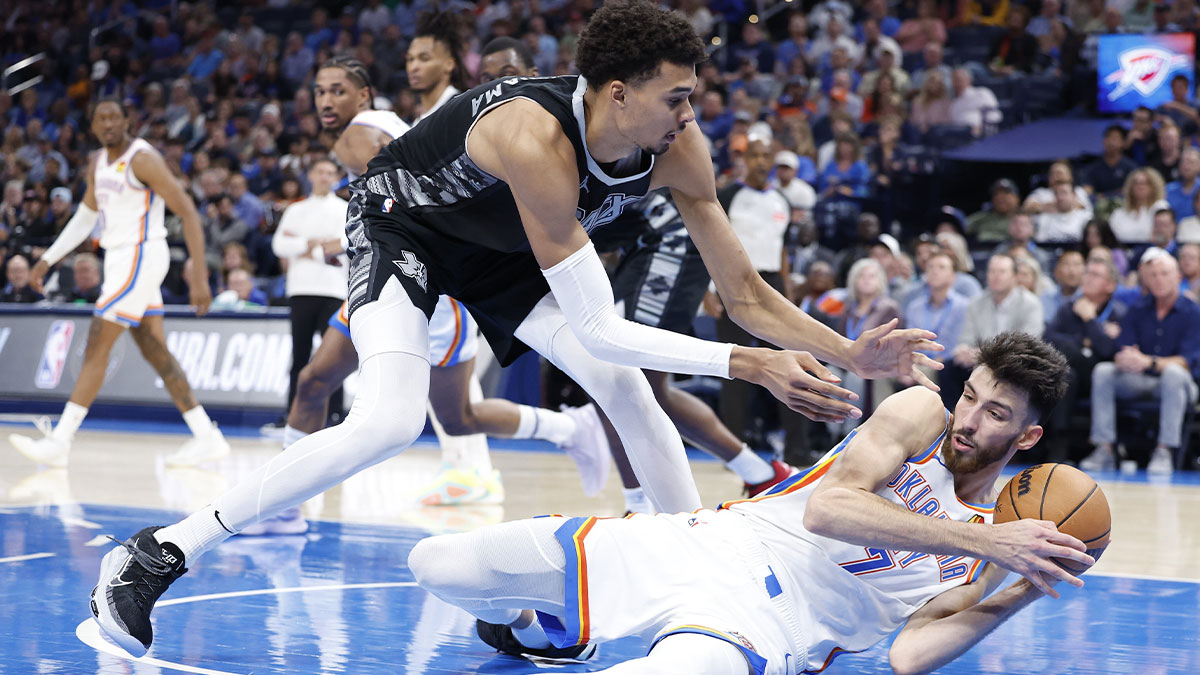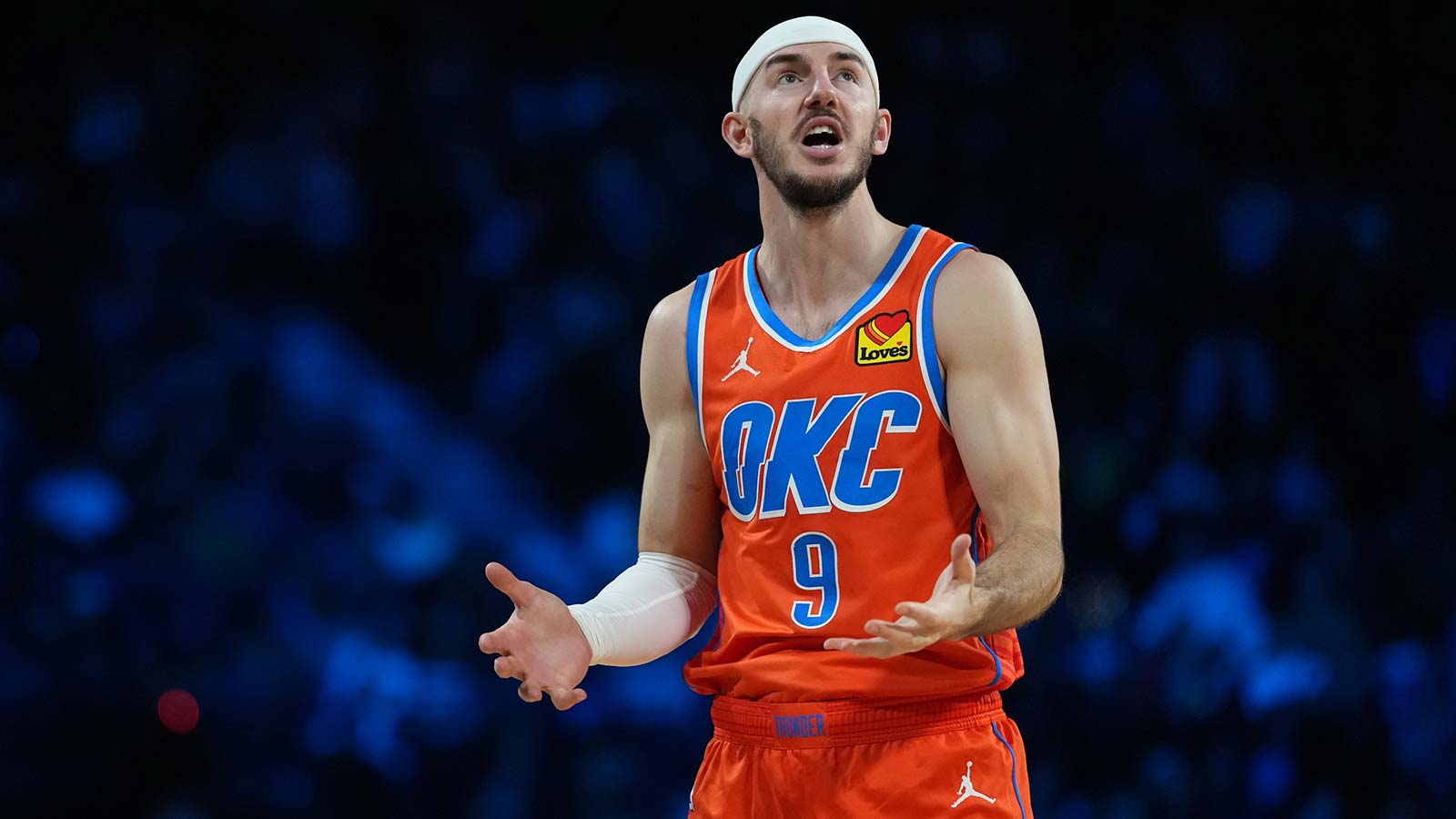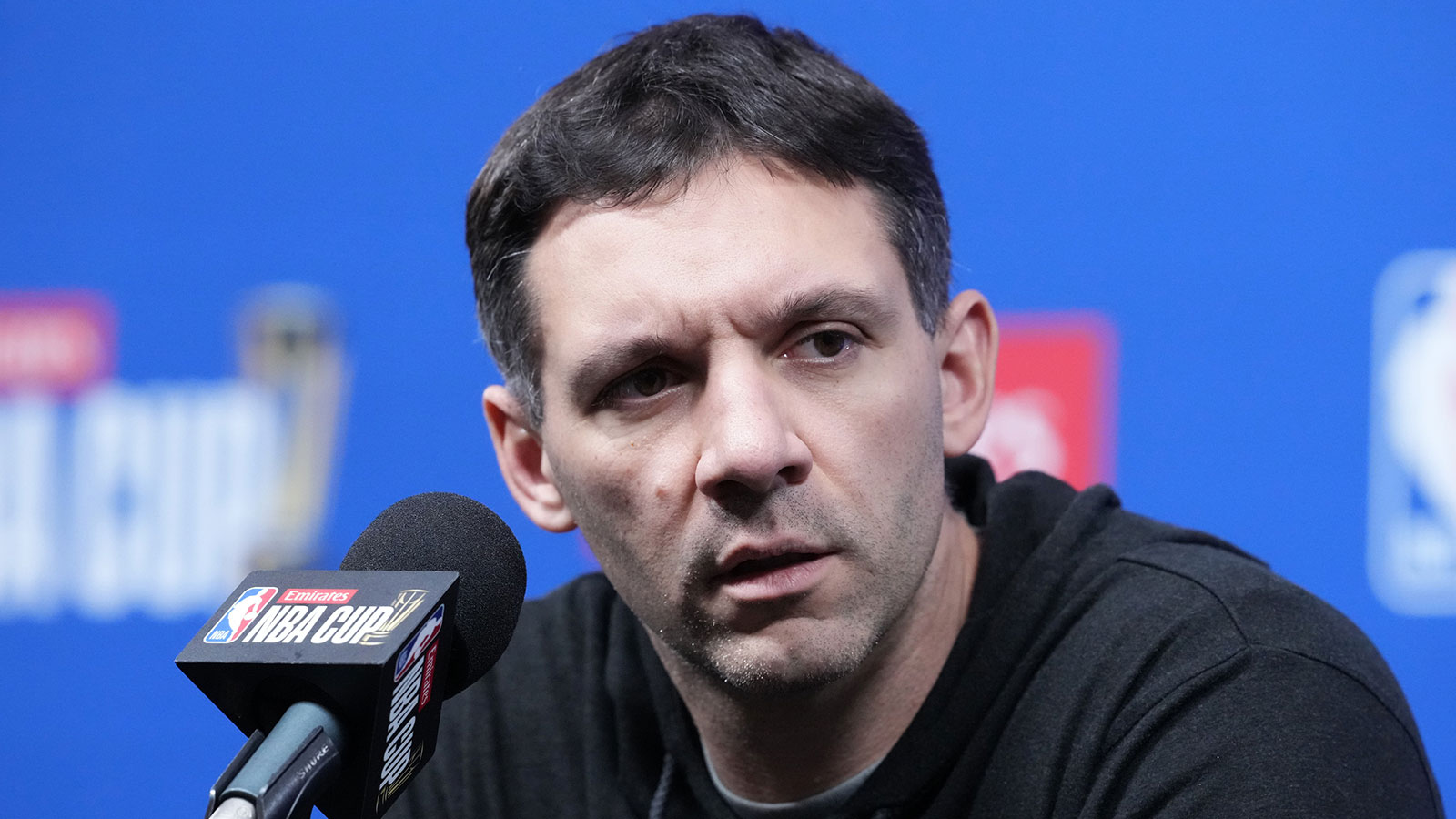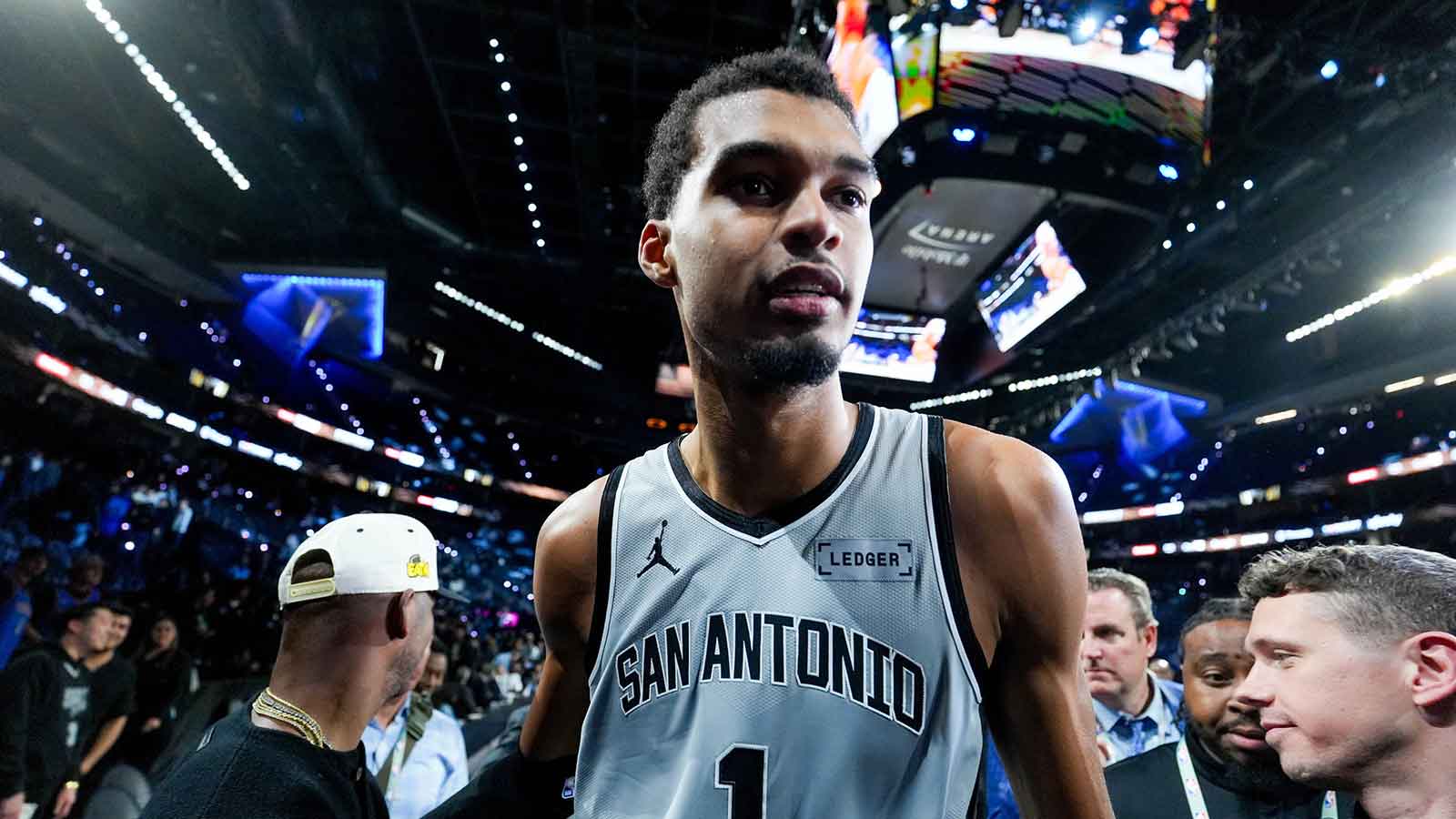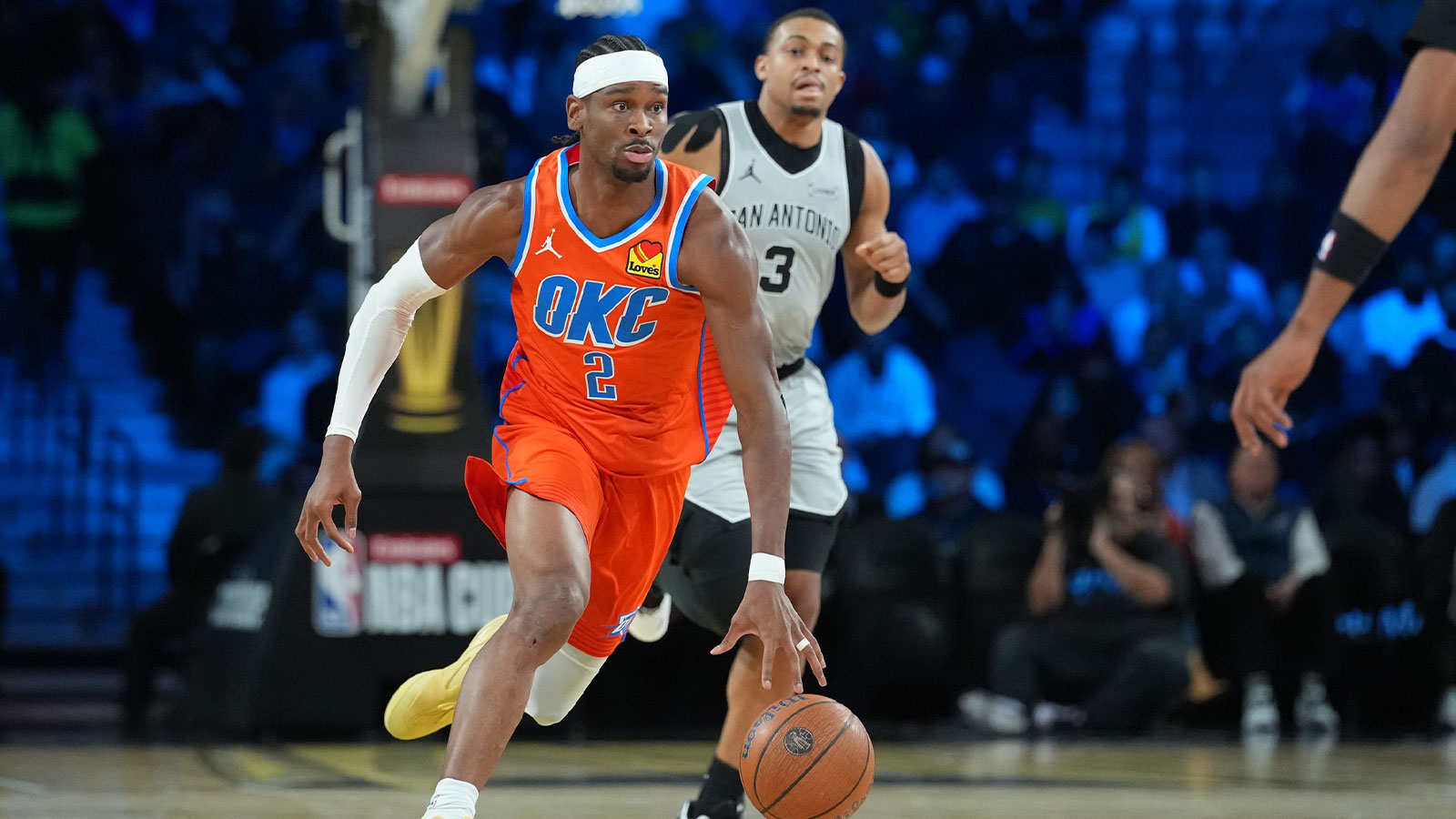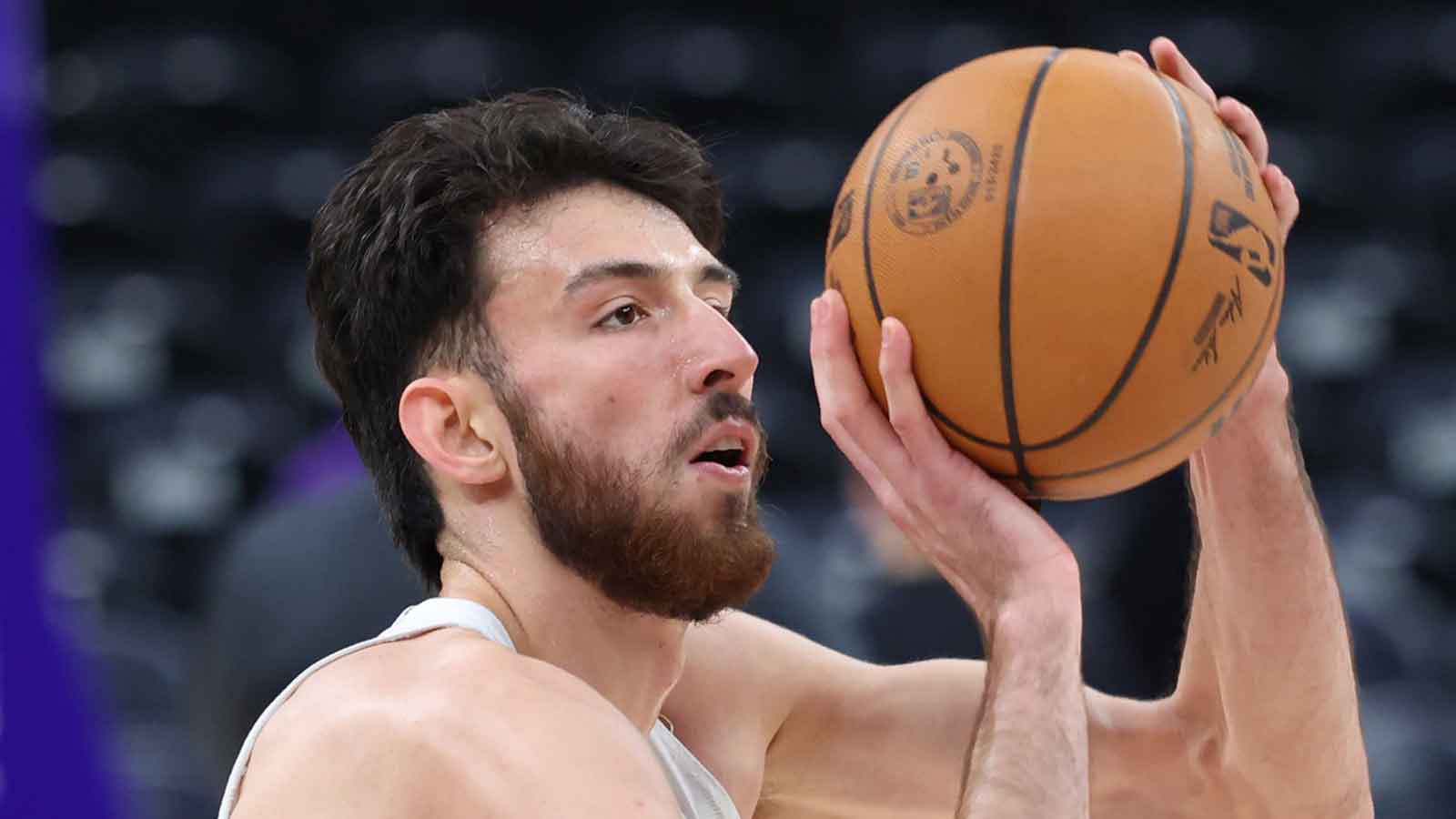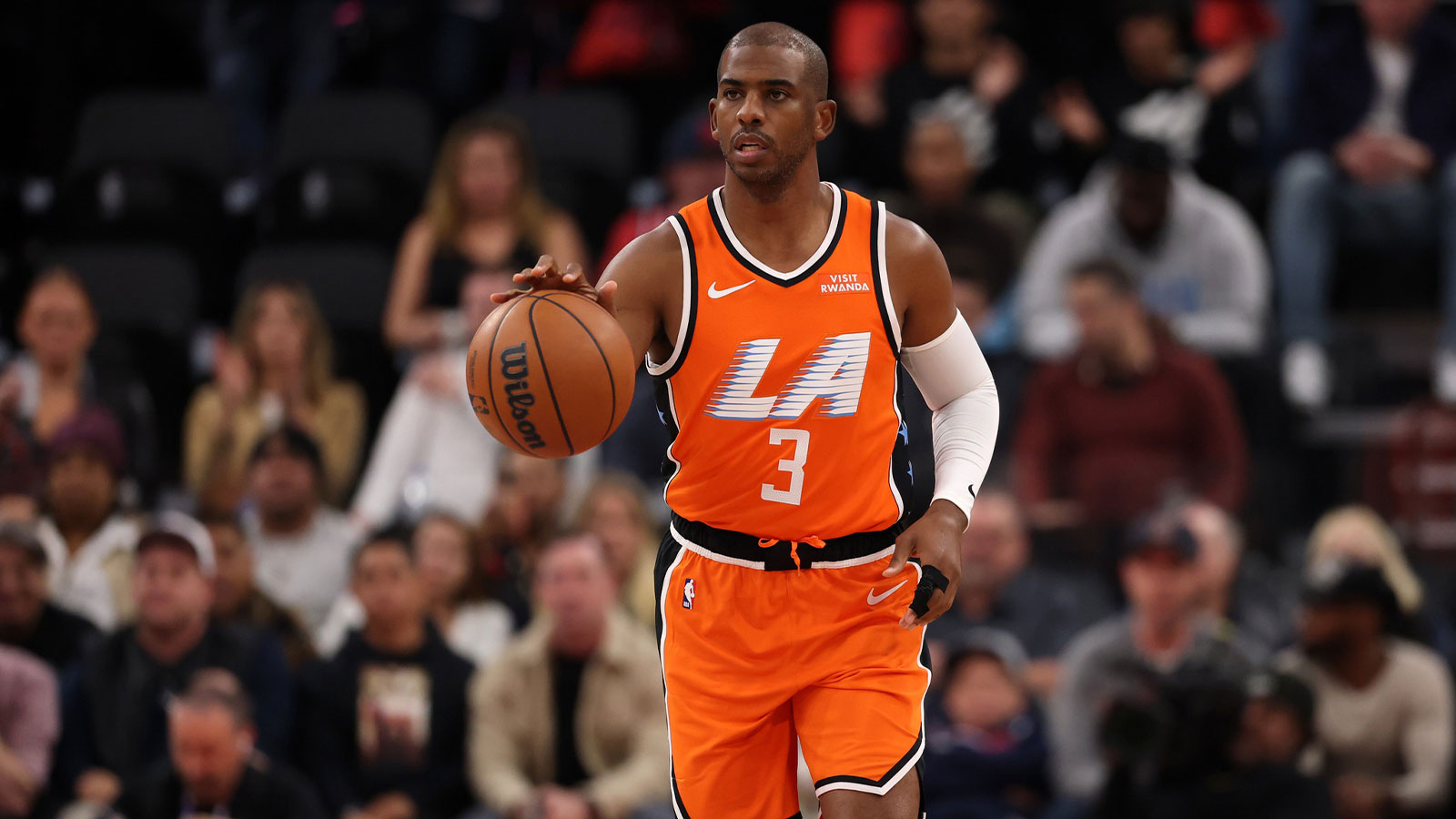In today’s NBA, dynasties aren’t built the way they used to be. Gone are the days of stacking All-Stars on one roster without immediate financial consequence. The new Collective Bargaining Agreement has fundamentally reshaped the league’s economic landscape, curbing superteams and placing a premium on smart drafting, player development, and calculated spending. The margin for error is razor thin, and front offices have to play the long game with precision. That’s exactly why the Oklahoma City Thunder find themselves at the center of the league’s dynasty conversation.
Fresh off a championship in 2025, they’re not just celebrating, they’re plotting the next decade. This summer, general manager Sam Presti made a series of decisive moves to secure the franchise’s future: max contract extensions for Shai Gilgeous-Alexander, Jalen Williams, and Chet Holmgren. These weren’t just paydays; they were statements of intent. In one offseason, Oklahoma City committed to its core for the long haul, sending a clear message: the dynasty isn’t just a dream, it’s a plan.
Shai Gilgeous-Alexander is in his prime, one of the most complete two-way guards in the league, capable of dominating playoff games with surgical midrange scoring and relentless rim pressure. Jalen Williams has emerged as a versatile forward who can initiate offense, defend multiple positions, and thrive as both a secondary creator and a floor spacer. Chet Holmgren, now healthy and battle-tested after his rookie season, is a modern defensive anchor: long, mobile, and equally comfortable swatting shots or stretching the floor.
The one move missing: Adding center depth
For all the perfection of Oklahoma City’s offseason, there was one clear hole left unaddressed: center depth behind Chet Holmgren and Isaiah Hartenstein. Holmgren is a generational defender and a legitimate floor-spacer at the five, but his slender frame and injury history make relying on him for 82 games plus a deep playoff run a calculated risk.
Last season, the Thunder got by with small-ball lineups and occasional minutes from Jaylin Williams, but in the playoffs, the lack of a true backup center was apparent in certain matchups. Against bigger, more physical frontcourts, Holmgren had to shoulder an outsized defensive burden.
It’s not a fatal flaw, but in the context of dynasty building, depth at critical positions can be the difference between sustaining success and burning out early.
Navigating the new CBA: The Thunder’s advantage
What sets Oklahoma City apart from other would-be dynasties is its adaptability. The Warriors’ dynasty was built in a pre-new CBA era, where assembling four All-Stars was financially manageable. The Thunder are working in an entirely different environment, one where luxury tax aprons and roster-building constraints make every signing a calculated risk.
By securing their stars early and surrounding them with affordable, productive role players, Oklahoma City has essentially bought itself time. The first three to four years of this core’s run will be free from the harshest tax penalties, giving them a rare window to experiment, tweak, and upgrade without being financially handcuffed.
And unlike some contenders who mortgage the future for the present, the Thunder still own a deep war chest of draft picks. This means they can stay aggressive in trades without draining their pipeline of young talent, a critical component for longevity.
Dynasty conversation
Dynasties aren’t just about winning multiple championships. They’re about remaining in contention year after year, surviving inevitable injuries, roster changes, and the rise of new challengers. It’s about cultural stability, player retention, and financial foresight.
KD, Russ and Harden laid the blueprint but It’s a new era in OKC 🔥 pic.twitter.com/JQGlY823Lj
— Overtime (@overtime) June 23, 2025
Tim Bontemps of ESPN noted that the Thunder are uniquely positioned to avoid the repeater tax until the end of the decade. That breathing room is critical. It buys them several seasons of dynasty building before the harshest financial penalties kick in, allowing them to invest in depth, keep valuable role players, and retain draft capital.
The Spurs did it with Duncan, Parker, and Ginóbili for over a decade. The Warriors managed it with Curry, Thompson, and Green for nearly as long. The Thunder are aiming to do the same with Shai, Jalen, and Chet, but in a more restrictive NBA economy.
By extending their stars now, Oklahoma City has locked in the foundation. By keeping role players on team-friendly deals, they’ve preserved their flexibility. And by maintaining draft capital, they’ve ensured they can replenish talent without a costly teardown.
The one area that remains to be addressed, center depth, is a minor but important note in the dynasty playbook. Whether they address it via trade deadline acquisition or internal development, it will be a subplot worth watching in the 2025–26 season.
Thunder’s dynasty blueprint
The Oklahoma City Thunder’s 2025 offseason wasn’t flashy in the traditional sense, no blockbuster trades, no surprise superstar signings. But it may end up being one of the most important summers in franchise history. By securing Shai Gilgeous-Alexander, Jalen Williams, and Chet Holmgren for the long haul, they’ve committed to both excellence and stability.
SGA. JDub. Chet.
Just led the Thunder to a title at 23, 24 and 26 years old.
All signed to stay in OKC for the rest of the decade. pic.twitter.com/4tNO14Bacy
— Brandon Rahbar (@BrandonRahbar) July 10, 2025
In the coming years, the financial waters will get murkier, and tough decisions will have to be made about role players and depth. But right now, Oklahoma City sits in a rare position: defending champions with a young core, clean books, and a deep supporting cast.
If they can continue to navigate the new CBA with this level of precision and shore up small gaps like backup center depth, the Thunder won’t just be another good team. They’ll be the best.

